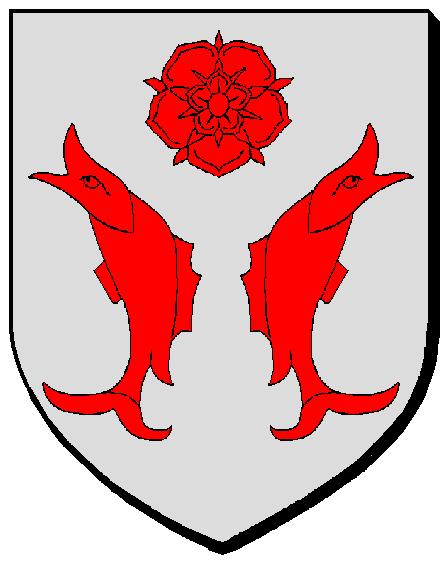Blâmont: Difference between revisions
Jump to navigation
Jump to search
Knorrepoes (talk | contribs) m (Text replace - "'''Origin/meaning :'''<br/>" to "====Origin/meaning====") |
Knorrepoes (talk | contribs) m (Text replace - "|width="15%"|50 px|right |}" to "|width="15%"|50 px|right |}<seo title="Armorial de France, Armoires, Blason" />") |
||
| Line 3: | Line 3: | ||
|width="70%" align="center" |'''Heraldry of the World<br/>Civic heraldry of [[France]] - [[Armorial de France]]''' | |width="70%" align="center" |'''Heraldry of the World<br/>Civic heraldry of [[France]] - [[Armorial de France]]''' | ||
|width="15%"|[[File:France.jpg|50 px|right]] | |width="15%"|[[File:France.jpg|50 px|right]] | ||
|} | |}<seo title="Armorial de France, Armoires, Blason" /> | ||
'''BLÂMONT''' | '''BLÂMONT''' | ||
Revision as of 09:45, 6 November 2012
| Heraldry of the World Civic heraldry of France - Armorial de France |
BLÂMONT
Département : Meurthe-et-Moselle
Origin/meaning
The arms are derived from the arms of the Counts of Blâmont, who were descendants of the Counts of Salm. The two salmon are a canting element of the Counts of Salm and were continued by the Counts of Blâmont. The Counts later received the right to add in the chief the fleur-d-lys of France, due to services provided to the French King.
The symbol of the town for many centuries was a single rose, which appeared on the seals of the town. In the present arms the two arms were combined, in which the rose replaced the fleur-de-lis.
Literature : Meyer, F. : Armorial des communes de Meurthe et Moselle, Nancy, 1997.

